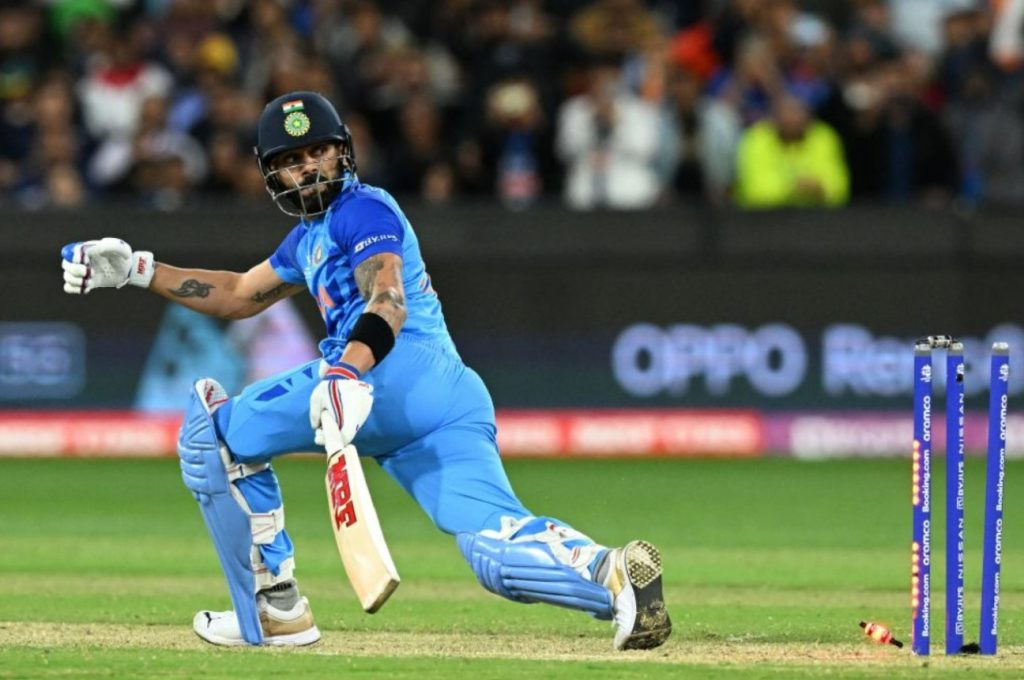Big Sixes: Cricket is a game of precision, technique, and flair, and one of the most thrilling moments for any cricketer and fan is when the ball sails over the boundary for a big six. A six is not just a show of power but also a demonstration of a player’s timing, technique, and ability to read the game. Hitting sixes has become an art form, especially with the rise of T20 cricket, where every batsman is expected to clear the ropes frequently.
In this article, we’ll explore how to master the art of hitting big sixes, the key techniques involved, the mental and physical aspects, and how to approach different types of bowling to increase your chances of clearing the boundary with confidence.
1. The Basics Of Hitting A Big Six
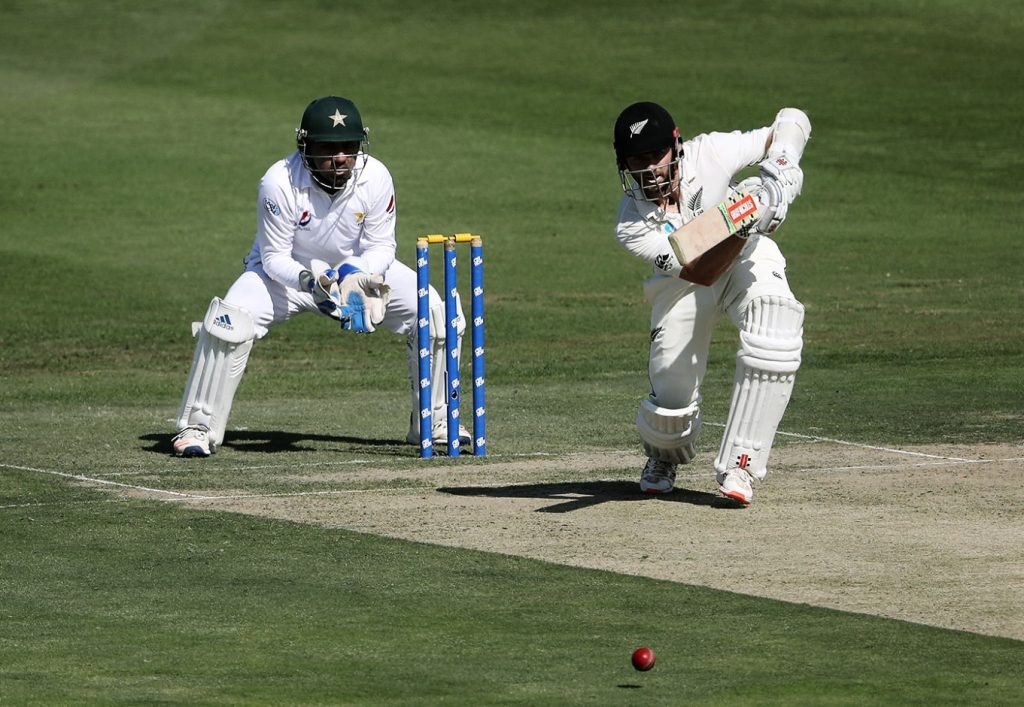
Before getting into the intricacies, it’s essential to understand the basic elements that contribute to a big six. A six is not just about brute strength; it requires:
- Good timing
- Solid technique
- Proper footwork
- Understanding the bowling conditions
Factors Contributing to a Big Six
| Factor | Description |
|---|---|
| Timing | A well-timed shot ensures maximum distance with minimal effort. |
| Technique | Proper bat positioning and follow-through maximize the power and control. |
| Footwork | Correct foot placement and positioning ensure the batsman can strike cleanly. |
| Bowling Conditions | Understanding the bowler’s length, pace, and angle is key to hitting sixes. |
2. The Ideal Batting Stance For Hitting Big Sixes
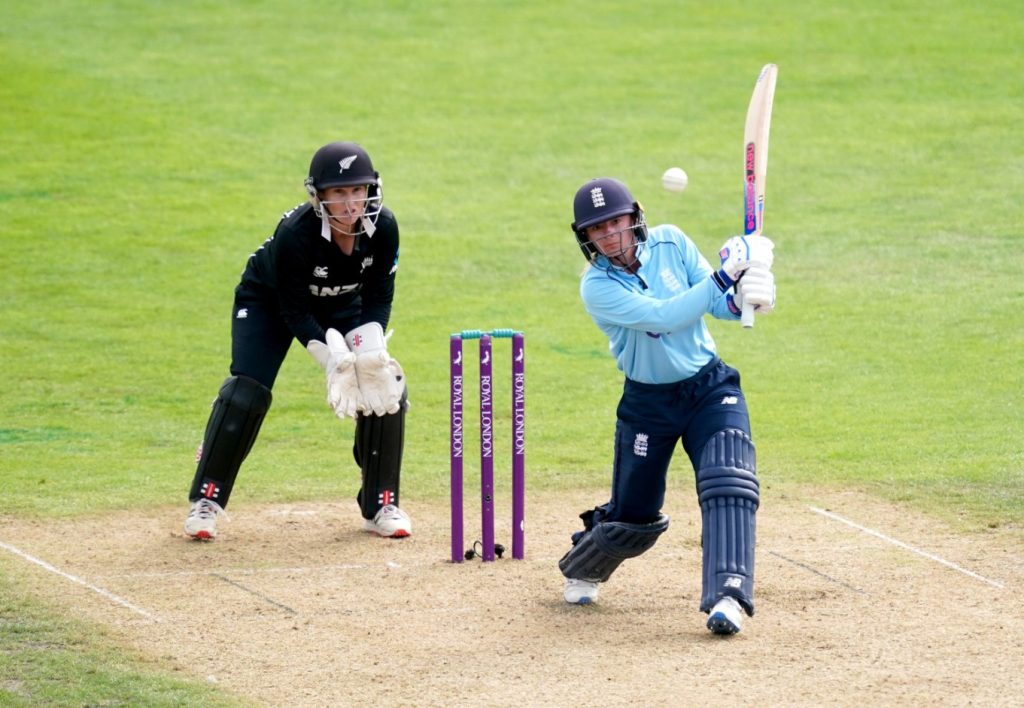
To hit sixes consistently, you need to ensure your stance is comfortable and balanced. Your stance should allow you to move freely, generate power, and be prepared for different types of deliveries.
Feet Position: Stand with your feet shoulder-width apart. This gives you a solid base to transfer weight during the shot.
Head Position: Keep your head steady and eyes focused on the ball from the moment it leaves the bowler’s hand. This helps in judging the ball accurately.
Grip: Maintain a relaxed grip on the bat. Too tight a grip can restrict the flow of energy when hitting the ball.
The goal is to remain balanced and be able to adjust quickly to different deliveries, especially slower balls or yorkers.
Key Elements of the Batting Stance
| Element | Details |
|---|---|
| Feet Position | Shoulder-width apart for stability and easy weight transfer. |
| Head Position | Keep your head still and eyes level to track the ball. |
| Grip | Relaxed grip for fluid bat movement and power generation. |
3. Footwork And Positioning For Power Shots
Footwork plays a crucial role in hitting big sixes. You need to position yourself correctly to meet the ball with the center of the bat. This ensures you generate maximum power with minimum effort.
For Short-Pitched Balls: When the ball is bowled short or rising at you, take a step back to adjust your position and use the horizontal bat (cut or pull shots).
For Full-Pitched Balls: When facing a full delivery, step forward and use a vertical bat (drives or lofted shots) to send the ball over the boundary.
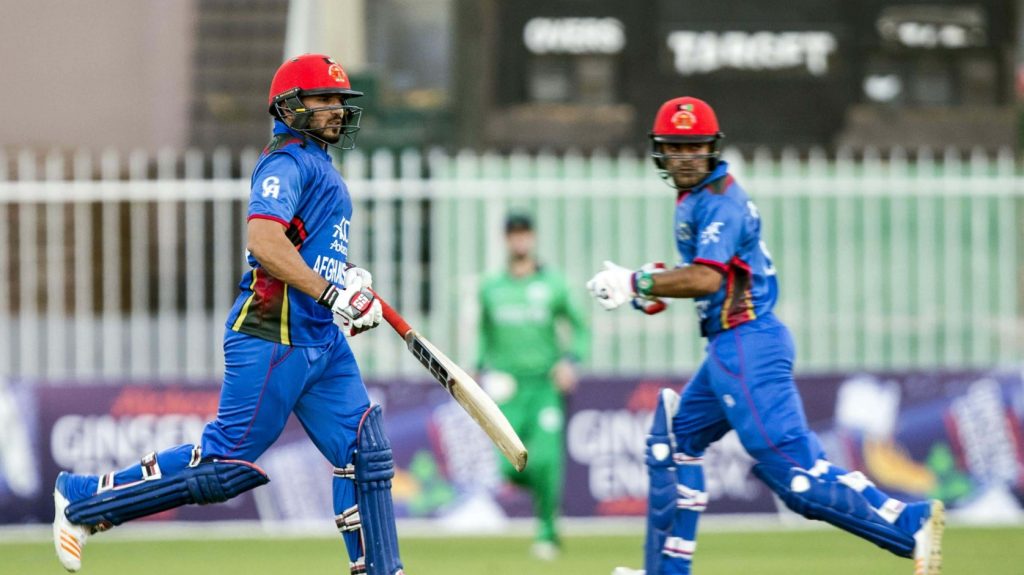
Footwork for Different Types of Deliveries
| Delivery Type | Footwork Technique | Shot Type |
|---|---|---|
| Short-Pitched Ball | Step back to create space for a pull or cut shot. | Pull shot, Cut shot |
| Full-Pitched Ball | Step forward to meet the ball with the center of the bat. | Lofted drive, Cover drive |
| Yorker | Quick adjustment, either flick it to the leg side or drive it down the ground. | Flick shot, Straight drive |
4. Key Techniques For Maximum Power
A big six requires more than just a strong swing. The technique is crucial for controlling the ball’s direction and maximizing distance. Let’s break down the key elements of hitting a six:
A. Backlift and Downswing
The backlift is the initial positioning of the bat before the downswing. A high backlift allows you to generate more power, but it requires a good follow-through. The downswing should be fluid, using your arms and wrists for added control and power.
B. Bat Swing and Follow-Through
A smooth and full bat swing is essential for transferring energy to the ball. The follow-through adds to the power, ensuring that the ball travels the required distance. A complete follow-through with the bat above your shoulder gives the ball enough momentum to clear the boundary.
C. Timing
Timing is everything when hitting a six. A perfectly timed shot can cover the boundary with minimal effort. Focus on meeting the ball with the sweet spot of the bat. The sweet spot is usually near the center of the blade and is the area that provides the most power with the least amount of vibration.
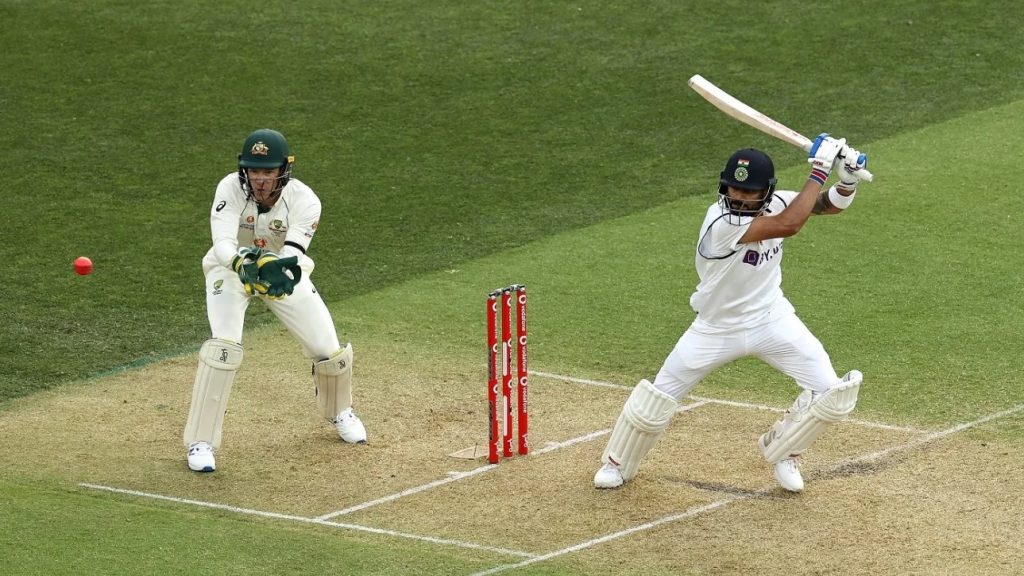
Techniques for Maximum Power
| Technique | Details |
|---|---|
| Backlift | High backlift generates more power and better bat control during the downswing. |
| Bat Swing | A smooth and complete bat swing ensures maximum power and distance. |
| Follow-Through | A full follow-through with the bat above the shoulder adds to the distance. |
| Timing | Meet the ball at the sweet spot for optimal power and control. |
5. Analyzing Bowlers And Adjusting Your Approach
To hit a six consistently, it’s essential to read the bowler’s variations and adjust accordingly. Here’s how to approach different types of bowlers:
Fast Bowlers
Against fast bowlers, the key is to either hook or loft the ball. Fast deliveries offer the opportunity to time the ball and send it over the ropes if your positioning is correct. The high pace of the ball aids in creating additional power.
- Tip: Use the pace of the ball and focus on timing rather than strength.
Spin Bowlers
Against spinners, you’ll need to use your wrists and timing more than power. Spinners usually offer more flight and turn, so adjusting your position is vital. You can step down the track or play the sweep shot to loft the ball.
- Tip: Keep your eyes on the ball and use the wrists for maximum control over the flight.
Medium-Pacers
Medium-pacers offer the opportunity to either cut or drive the ball, depending on the length. For full deliveries, step forward and hit the ball over the top, while for shorter deliveries, you can pull or cut the ball over the boundary.
- Tip: For medium-pacers, ensure that you make quick foot adjustments to get into the right position.
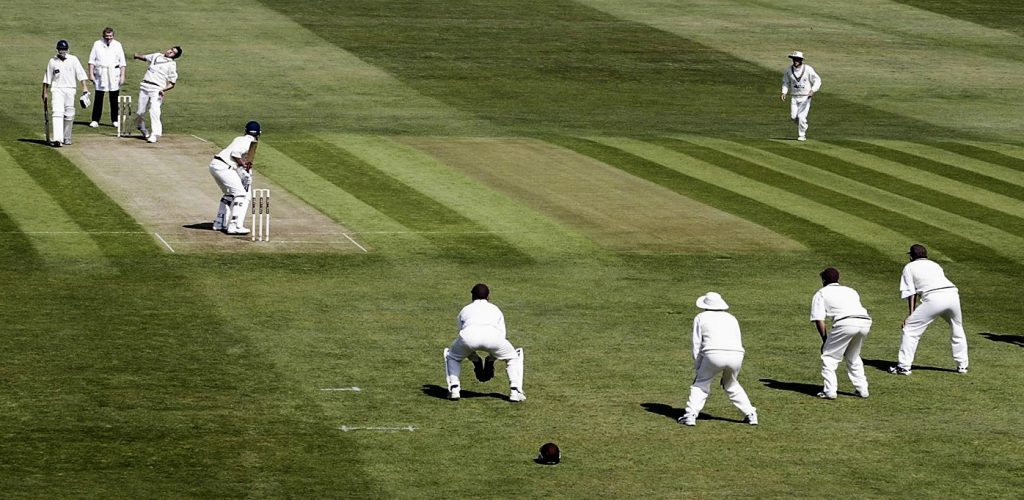
Adjusting to Different Bowlers
| Bowler Type | Key Adjustments | Shot Type |
|---|---|---|
| Fast Bowlers | Use the pace of the ball and focus on timing. | Lofted drives, Pull shots |
| Spinners | Watch the flight of the ball, use wrists and footwork for control. | Sweep shots, Lofted shots |
| Medium Pacers | Adjust footwork quickly to play the shot. | Drives, Cut shots, Pull shots |
6. Mental Approach To Hitting Big Sixes
Having the right mental approach is just as important as physical preparation when it comes to hitting big sixes. Here are some tips:
Stay Calm: Don’t get too eager to hit a six; stay calm and composed, especially in pressure situations.
Focus on the Ball: Keep your eyes locked on the ball from the moment the bowler delivers it.
Confidence: Believe in your ability to clear the boundary. A confident mindset often leads to better timing and execution.
Mental Tips for Hitting Sixes
| Mental Tip | Explanation |
|---|---|
| Stay Calm | Don’t rush your shots. Relax and focus on making good contact with the ball. |
| Focus on the Ball | Keep your eyes locked on the ball to judge its line, length, and bounce. |
| Confidence | Believe in your technique and execution to hit big shots consistently. |
Mastering the art of hitting big sixes in cricket requires a blend of timing, technique, and mental strength. It’s not just about strength; it’s about reading the bowler, positioning your feet correctly, and executing the shot with finesse. By practicing these key techniques and making the right adjustments based on the type of bowler, you can improve your ability to clear the boundary with confidence.
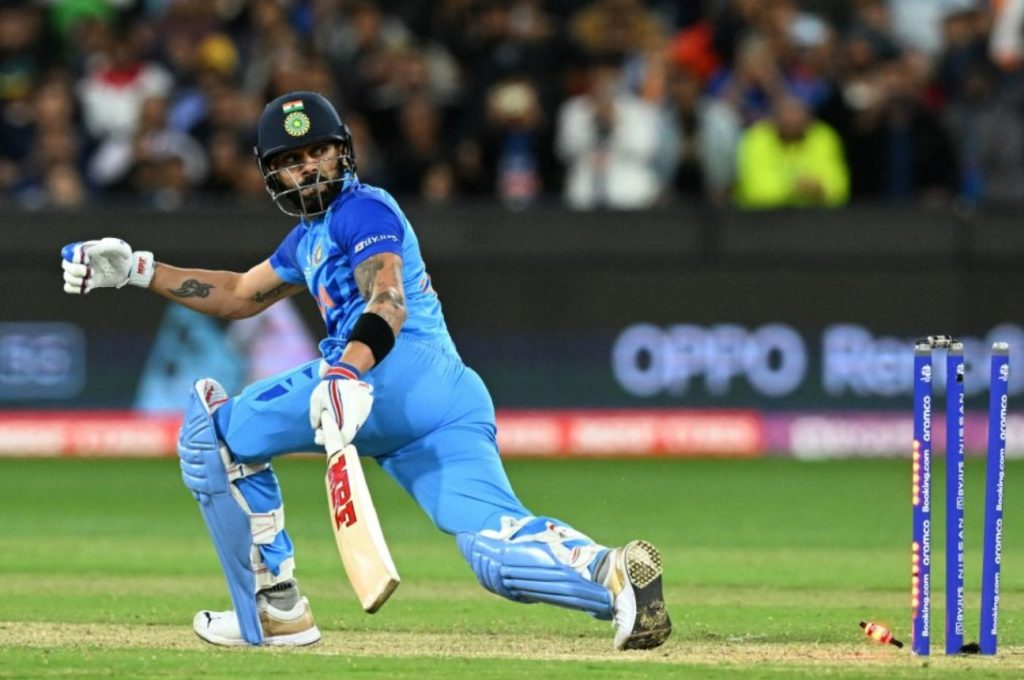
Remember, even the best six-hitters in the game didn’t get there overnight. Consistent practice, patience, and a positive mindset are key to mastering this exciting aspect of cricket.
Also Read: Scoop Bat vs Normal Bat: Which Is Better For Cricket?

